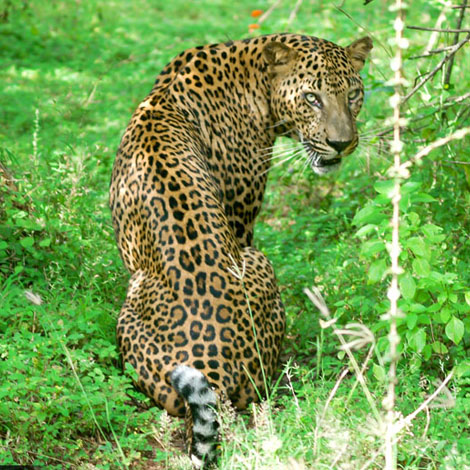
leopards
The Sri Lankan leopard (Panthera pardus kotiya), colloquially known as Kotiya, is a subspecies of leopard native to Sri Lanka. Classified as Endangered by IUCN, the population is believed to be declining due to numerous threats including poaching for trade and human-leopard conflicts. The Sri Lankan leopard is the country's top predator. Little has been known about it in the past, but ongoing studies in the framework of The Leopard Project, run by The Wilderness and Wildlife Conservation Trust, indicate that they are still distributed throughout the island both inside and outside of protected areas. The leopard has been observed in a variety of habitats including dry evergreen monsoon forest, arid scrub jungle, low and upper highland forest, rainforest, and wet zone intermediate forests. A recent study has shown that Yala National Park has one of the highest recorded densities of leopards in the world, although this animal is still considered to be endangered. The Wilpattu National Park is also known as a good place to watch leopards. Leopards tend to be more readily observed in parts of Sri Lanka than in other countries where they share their habitat with more dominant competitors, such as lions or hyaenas.
